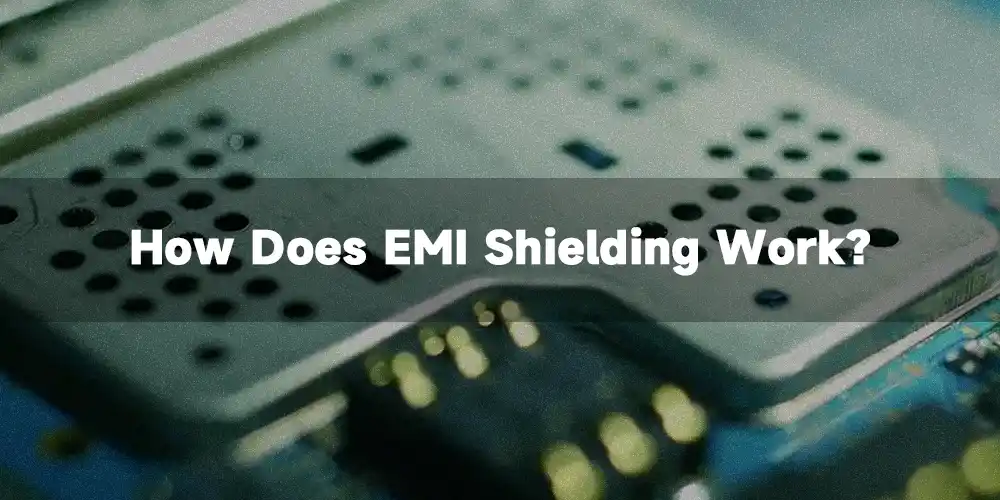
When making a PCB, it needs to be protected against electromagnetic interference. The effect of EMI can disrupt the overall functionalities of a PCB, causing it to fail. Therefore, PCB makers take a lot of precautionary actions to ensure proper EMI shielding during PCB manufacturing.
In this article, you’ll go through all the important details related to PCB EMI shielding and understand its importance in the electronics industry.
When a PCB is active, electromagnetic interference causes disrupted functionalities of that PCB. Therefore, it needs a protective layer from outside electromagnetic interference, which is called EMI shielding. This EMI shield is like a laminated barrier that’s made of EMI shielding materials. Depending on the EMI intensity and the quality of EMI shielding on the PCB, the PCB can be protected from the interference.
Also read: PCB Shielding – type, material and purpose
●There are tons of waves in the atmosphere that can damage your PCB. But, with EMI shielding, your PCB will stay absolutely protected from outside interference that’s not just about electromagnetic waves.
●Due to reduced interference and minimized noise, your PCB will show better signal integrity.
●The layer of EMI shielding will help your PCB stay protected from unauthorized access too. Believe it or not, but hackers will stay away from accessing your PCB if it has an EMI shielding.
●There are a few industries, such as aerospace, telecom, etc., that mandatorily demands EMI shielded PCBs. If your PCB has an EMI shielding, it’ll pass the compliance requirements in the given industry (if applicable).
1.Conductive shielding: For this shielding, your PCB manufacturer will probably use a material with high electrical conductivity. In most cases, they use metal coatings that absorb electromagnetic waves.
2.Magnetic shielding: To set up a magnetic shielding, the PCB maker will use a material that has the capability to absorb magnetic fields. But this technique is fine only for low-frequency magnetic interferences.
3.Electric field shielding: In order to create an electric field shielding, the PCB maker uses dielectric materials like ceramics, polymers, etc. that can absorb electric fields.
4.Gaskets and seals: A product like a gasket or a seal can be used that’s made of metals and/or foam. They’re efficient in blocking EMI to a high extent.
●Conductive paints and coatings are made by suspending metal and carbon particles in a liquid medium. They’re then painted and coated to create an EMI shield.
●There are a few ferrite materials, such as iron oxide that’s mixed with other elements to generate a highly magnetic permeable material.
●Metalized plastics is a new concept, where scientists have managed to add a very thin layer of metal coating (like aluminum) on non-conductive elements, most probably plastic.
●Conductive fabrics are made by weaving a simple fabric with some metal fibers. Then they’re coated with a metal shield that results in an EMI shielding fabric.

●Sufficient grounding: It’s very important to have a proper grounding channel, so that the EMI waves can be kept sending to the earth. You never know when and how much EMI interference will be there.
●Housing and enclosures: The housing and enclosures of a PCB are very helpful in keeping it safe from EMI. However, you might not be able to ensure a total protection of your PCB against EMI waves, but still, they’re very effective.
●Tweak your PCB design: Interestingly, your PCB maker can use a tweak in its PCB design such as adding decoupling capacitors, so that it can be protected from EMI to some extent.
Now that you’ve understood the in-depth details of EMI shielding, you’re probably ready to ask your PCB maker to implement EMI shielding in your PCBs.
The next time you have a word with your PCB supplier, ask them if they’re using EMI shielding or not. However, if you’re working with IBE Electronics, you don’t have to worry about EMI shielding. That’s because IBE Electronics takes care of EMI shielding. IBE Electronics excels at implementing proper EMI shielding, so that it can deliver high-quality PCBs.